Wonka Bar

People were so enamored with the concept of this treat—as depicted in the 1964 Roald Dahl novel Charlie and the Chocolate Factory—that Quaker Oats Company, which financed the 1971 film version, decided to make it a reality. The promotional stunt—which marked the first time a fictional candy bar had come to life—“was a big sensation at the time,” says candy historian Darlene Lacey, and the bars remain popular today.
Milky Way
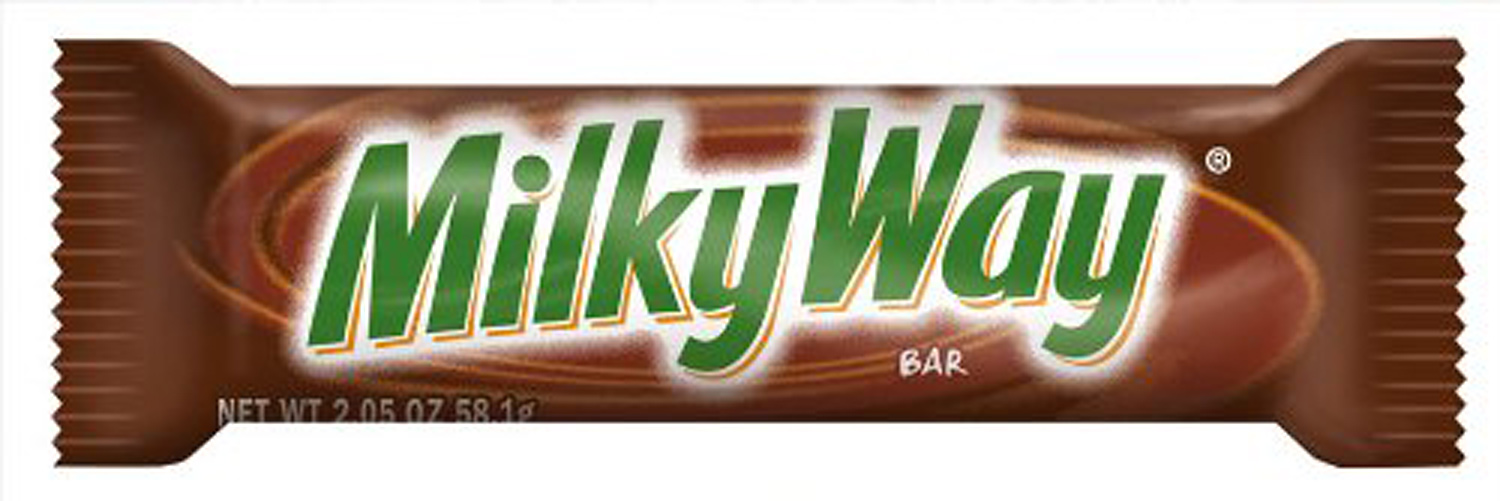
When this bar debuted in 1923, it was the first to take inspiration from a real dessert: the milky way malted milkshake. (That’s right—it was not named after the galaxy.) Decades later, that same gimmick would spawn products like PowerBar’s Dulce de Leche-flavored snack and Kit Kat’s Strawberry Cheesecake bar in Japan.
Baby Ruth

When this bar launched in 1921, its makers claimed it was named after President Grover Cleveland’s daughter Ruth (who had died 17 years earlier at the age of 12). But at that time, the more obvious association was with new Yankees star Babe Ruth, making this the first candy bar to profit from the success of a public figure—even though he wasn’t being compensated.
Nestlé Crunch
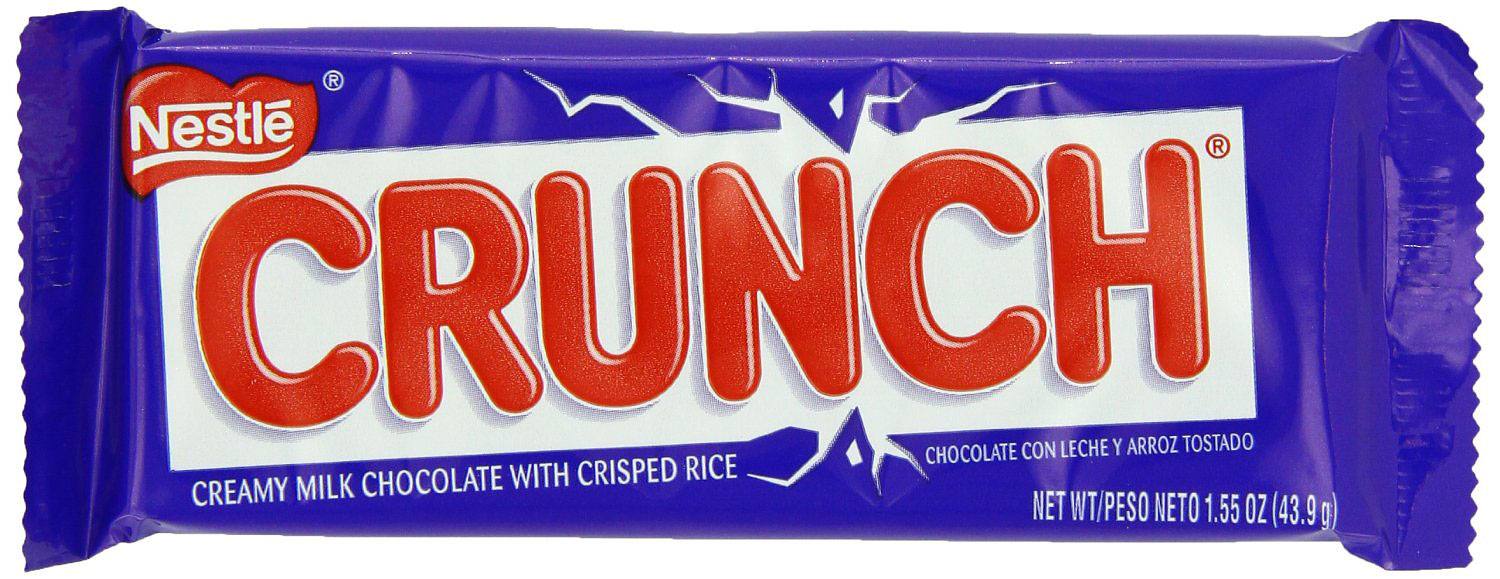
Prior to this bar’s introduction in 1937, candy-bar fillings were somewhat rich: nuts, caramel, etc. By using dirt-cheap puffed rice, however, Nestle helped mainstream the notion that candy could be almost anything you put into chocolate—an idea that brought candy-bar prices down and spawned treats like Krackel and Thingamajig.
Cadbury Milk Chocolate

The Cadbury family’s idyllic factory village in Birmingham, England—where these bars were created in 1897—helped inspire Milton S. Hershey’s own facility in Pennsylvania. “It was a sort of social utopia,” explains Deborah Cadbury, a family descendant and author of Chocolate Wars. “The Cadbury brothers as Quakers were the first to really look after their employees and provide pensions and security of employment and a living wage.” Although the Cadburys no longer own the company, its influence still looms large: its Dairy Milk and 5-Star bars are some of the world’s best-selling confections.
Scharffen Berger
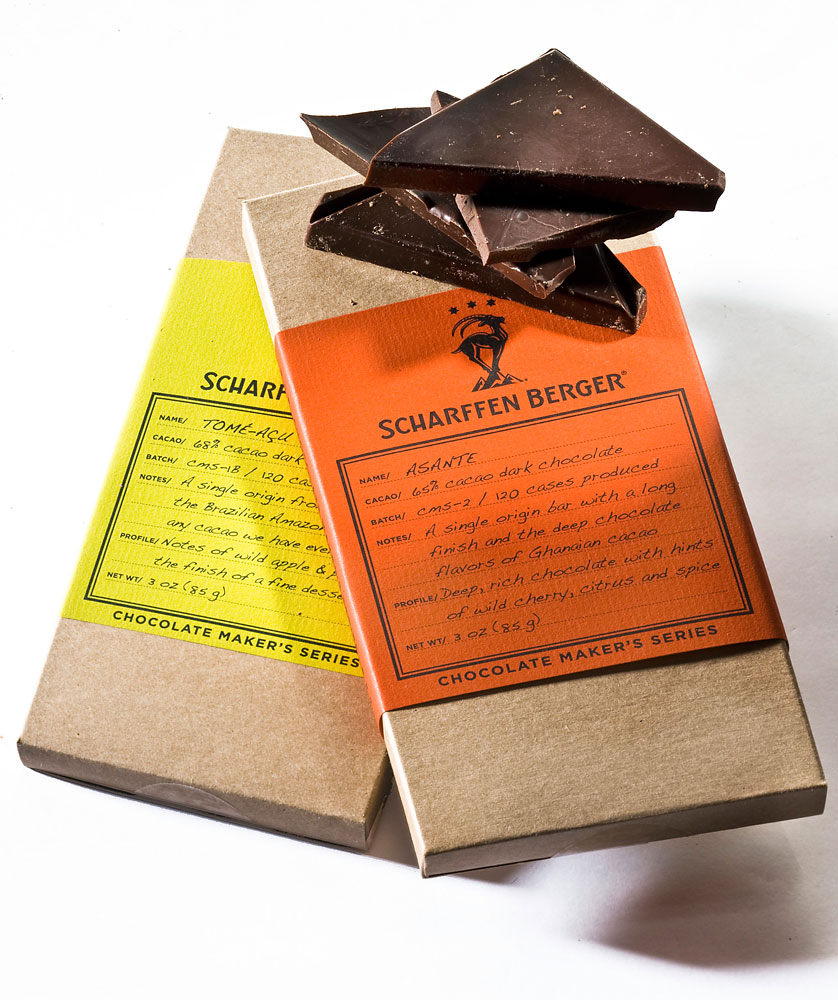
The world’s first widely distributed “artisanal” chocolate bar, processed bean-to-bar with a preference for darker chocolate, launched in 1997, capitalizing on shifting tastes that demanded finer products made in smaller batches. Its success—Scharffen Berger was acquired by Hershey in 2005—“set the stage for the artisanal chocolate bar movement,” says Chocolate: The Sweet History author Beth Kimmerle, which spawned Mast Brothers’ black truffle bars, Vosges’ bacon chocolate bars and more.
Grenada Chocolate
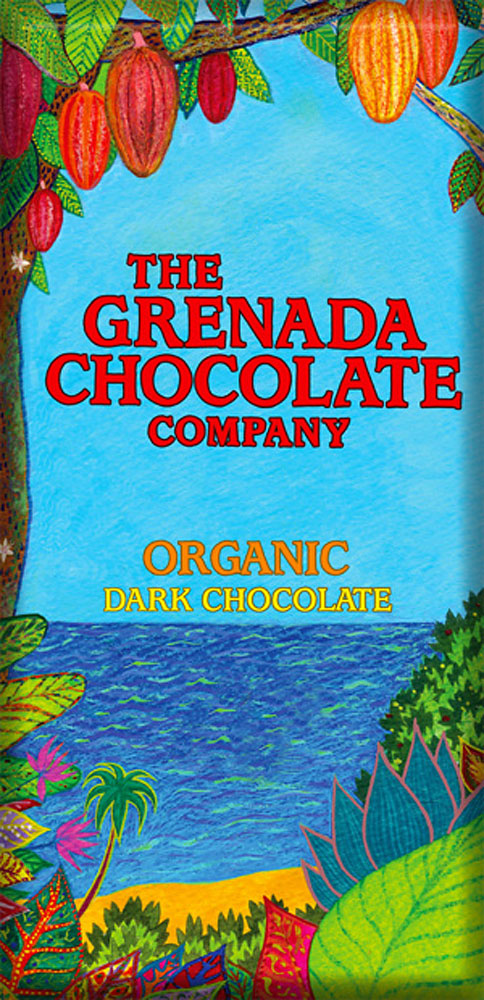
Because chocolate bars are produced mostly in Europe and North America, the farmers that made them possible—by growing cacao in tropical climates—don’t get to reap the full rewards. Grenada Chocolate, founded in 1999 by an American ex-pat, aims to buck that trend: its cocoa beans are grown and processed into bars entirely within its home country, helping boost the economy and providing employment for locals. The model, described as “a true worker-owned co-operative” in the 2012 documentary Nothing Like Chocolate, has since been replicated by companies like Madécasse (in Madagascar) and Pacari (in Ecuador).
Chicken Dinner
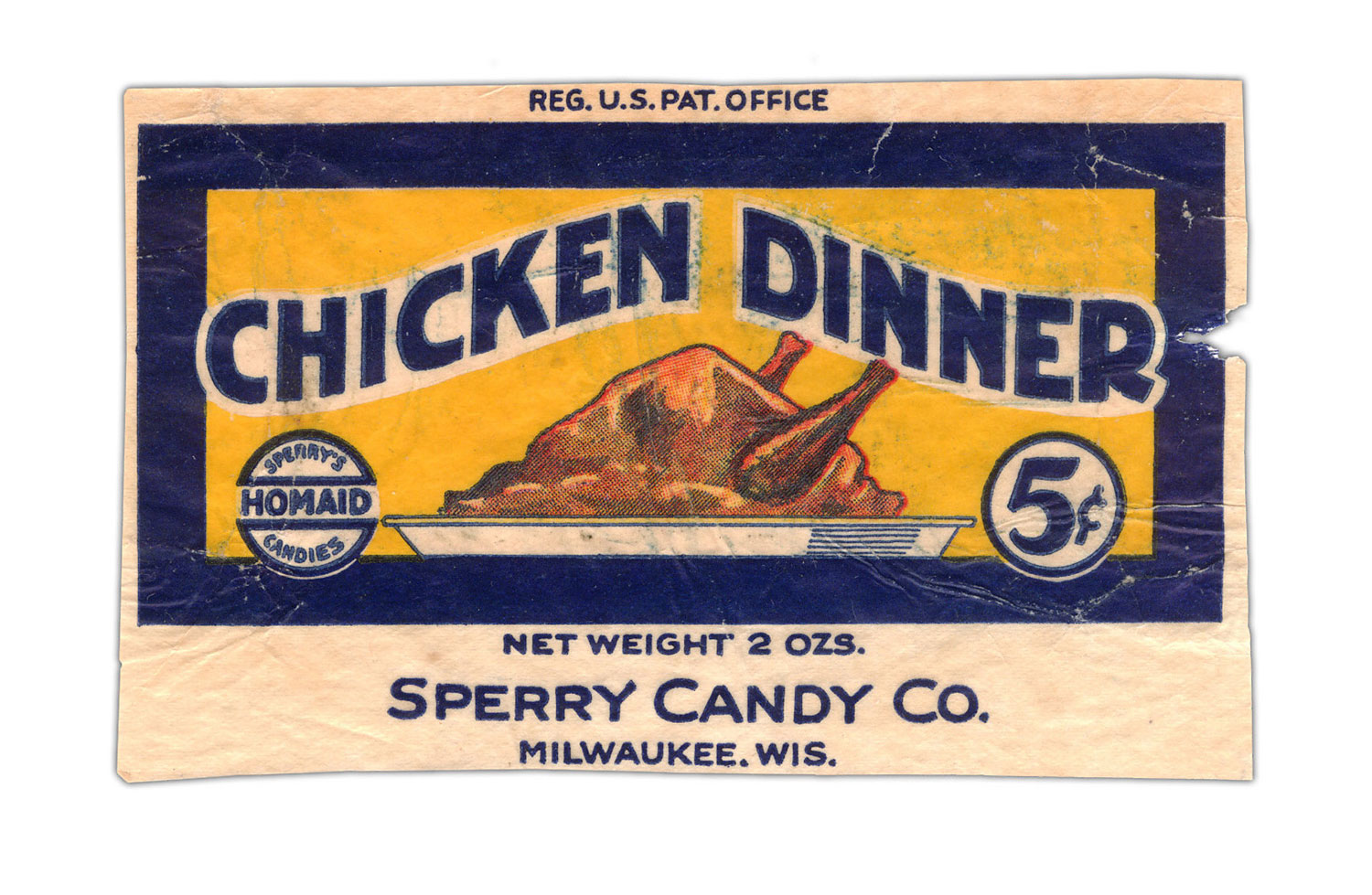
This bar, which debuted in 1923, was the first chocolate bar to be marketed as nutritious; advertisements touted the nut-packed treats as “candy made good.” Though Sperry’s Chicken Dinner was discontinued in the 1960s, its success helped spawn the power bar industry, paving the way for brands like Clif and Luna, whose bars offer vitamins alongside hearty doses of chocolate, caramel and more.
Snickers
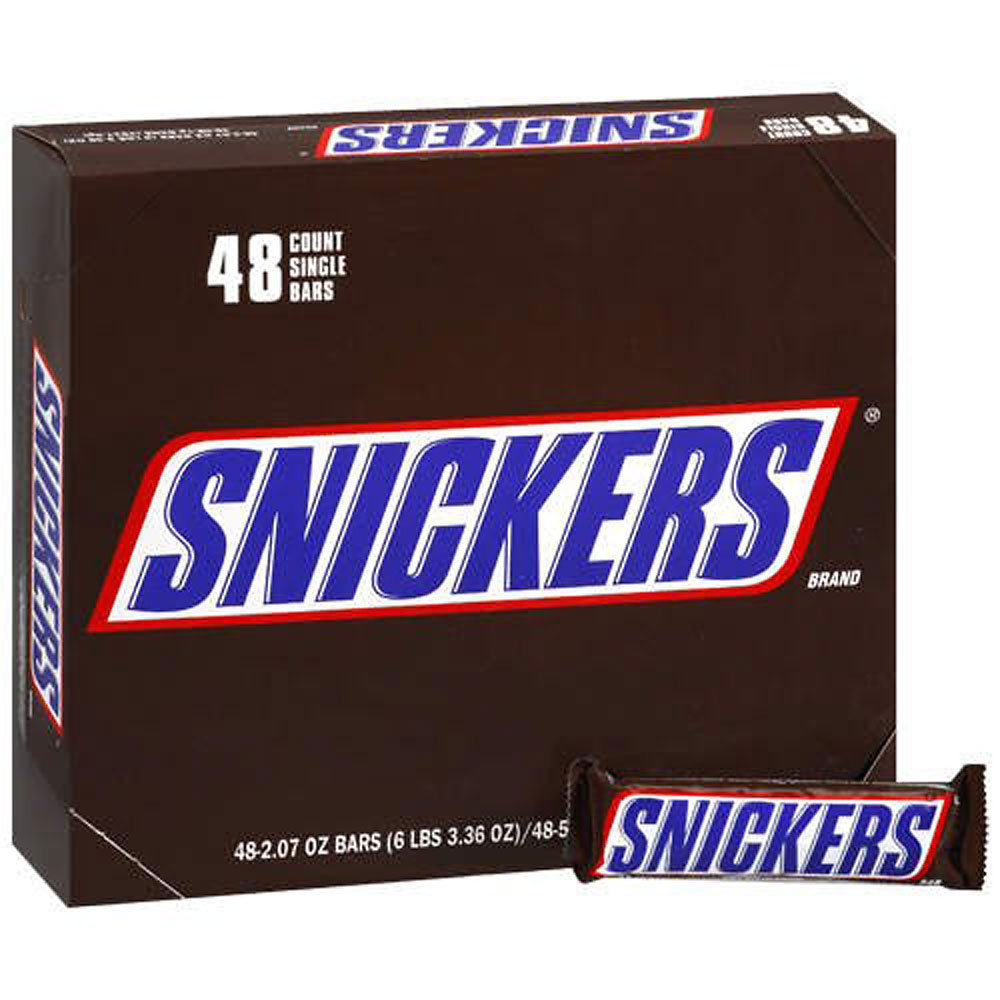
More than 80 years after its launch in 1930, this Mars bar is world’s best-selling international confection. And although it may not have revolutionized candy-bar taste or distribution, it’s unparalleled at selling itself: its star-studded ad campaign “You’re Not You When You’re Hungry” helped sales hit around $3.5 billion in 2012, outpacing M&Ms, Reeses and Kit Kat. Also, says Kimmerle, it helps that Snickers offers the holy trinity of confection: nougat, caramel and peanuts—coated in chocolate, of course.
Nestlé Milk Chocolate
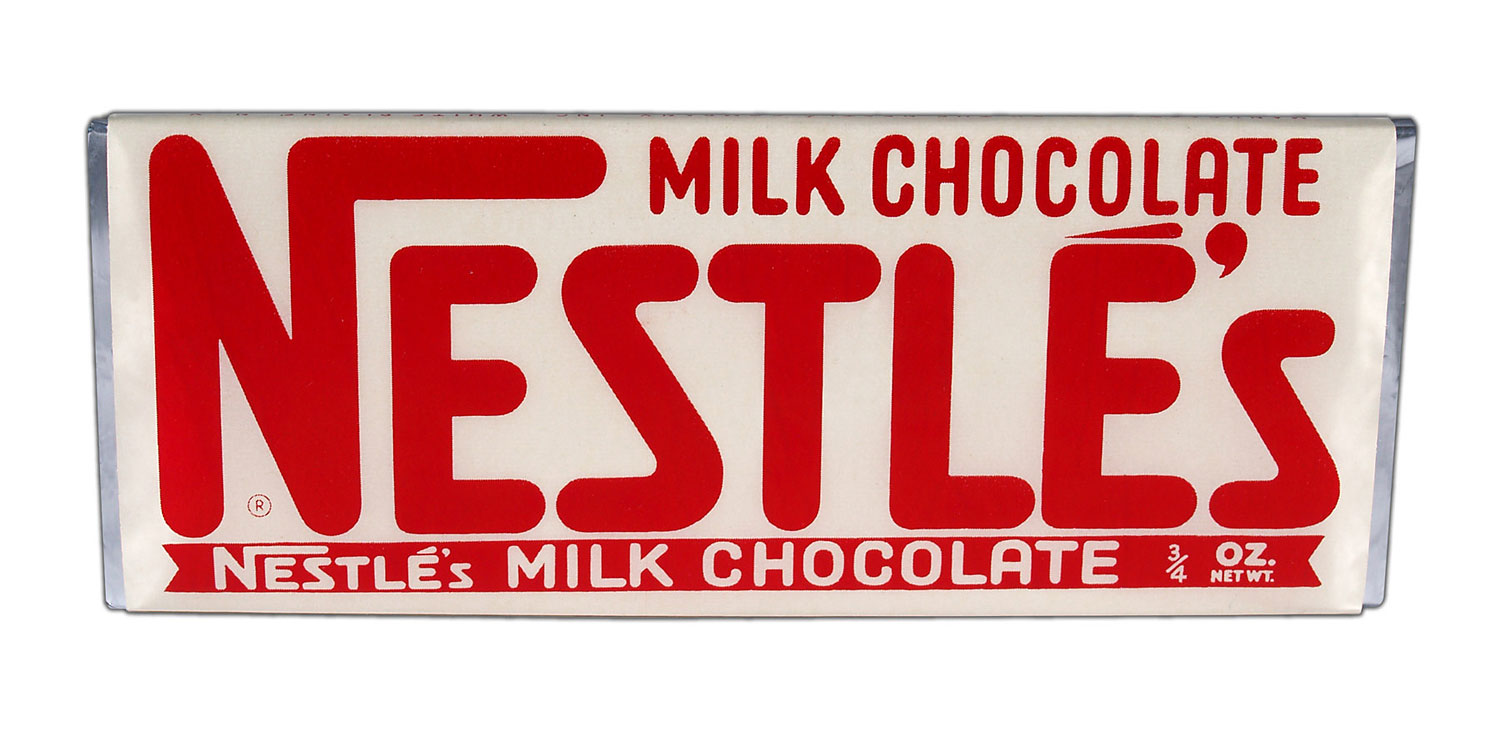
Prior to this bar’s introduction in 1875, bar-form cocoa was bitter, chewy and dark. And chocolatiers couldn’t sweeten it with regular milk, as the liquid invited mildew growth. By adding the condensed milk pioneered by Henri Nestlé for infant formula, however, Swiss chocolatier Daniel Peter solved that problem—his product was smoother, sweeter and had a longer shelf life. That breakthrough paved the way for almost every modern-day chocolate bar, including Hershey’s, Lindt and Godiva.
Toblerone
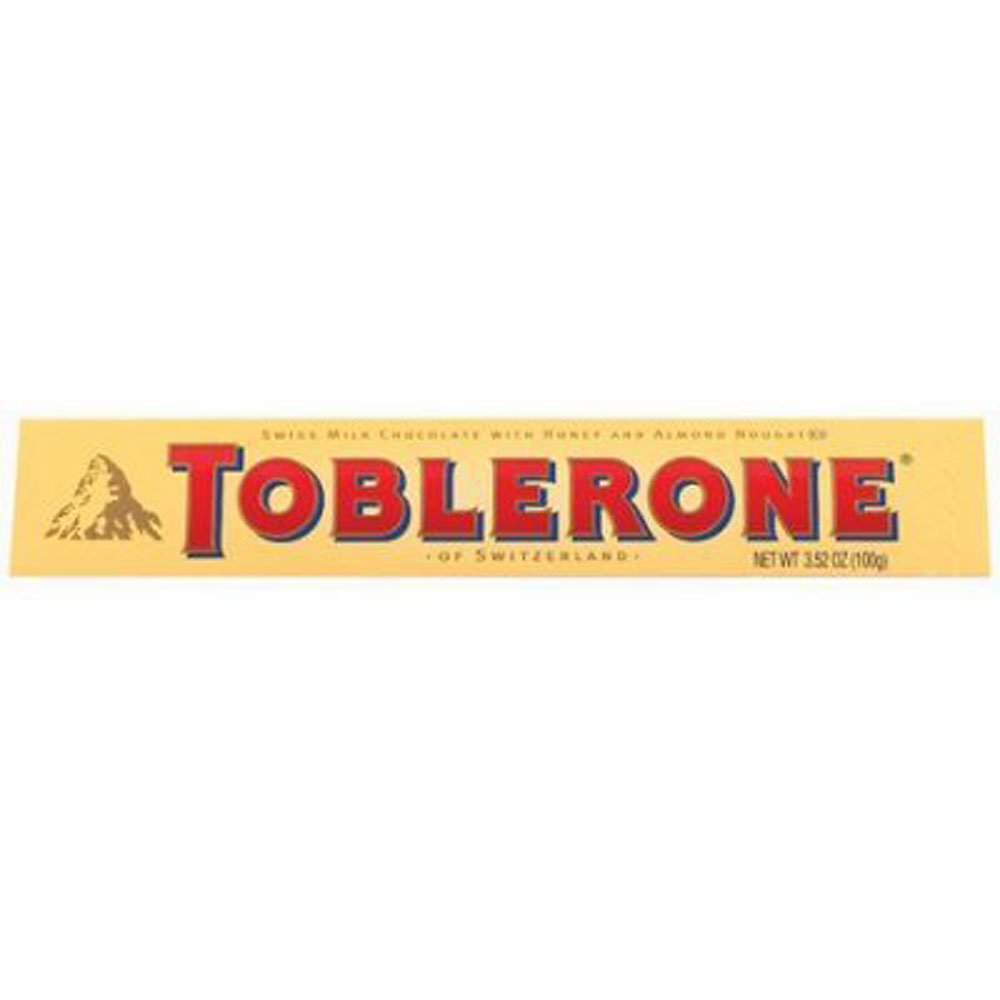
This now-iconic triangular prism of chocolate, nougat, almonds and honey, which debuted in 1908, was the first flagship bar to debut with a filling, upending the traditional model. (That same year, Hershey’s launched a milk chocolate bar with almonds.) Today, Lacey calls the Swiss treat “a juggernaut in terms of the global candy market” and filling is standard in bars like Almond Joy, Mounds and Three Musketeers.
Hershey’s Milk Chocolate

Nestlé may have invented milk chocolate, but Hershey’s made it mainstream. By building his factory right in the middle of dairy land—and using local milk to amp up production volume—Milton Hershey powered an unparalleled distribution network, says Sweet Tooth author Kate Hopkins, turning chocolate into an American obsession. Since its first bar debuted in 1900, Hershey’s has become one of the world’s most recognizable brands: its treats fed soldiers during World War II; its ad campaigns were revered; and now, there’s a $23.5 million museum dedicated to its legacy.
Kit Kat
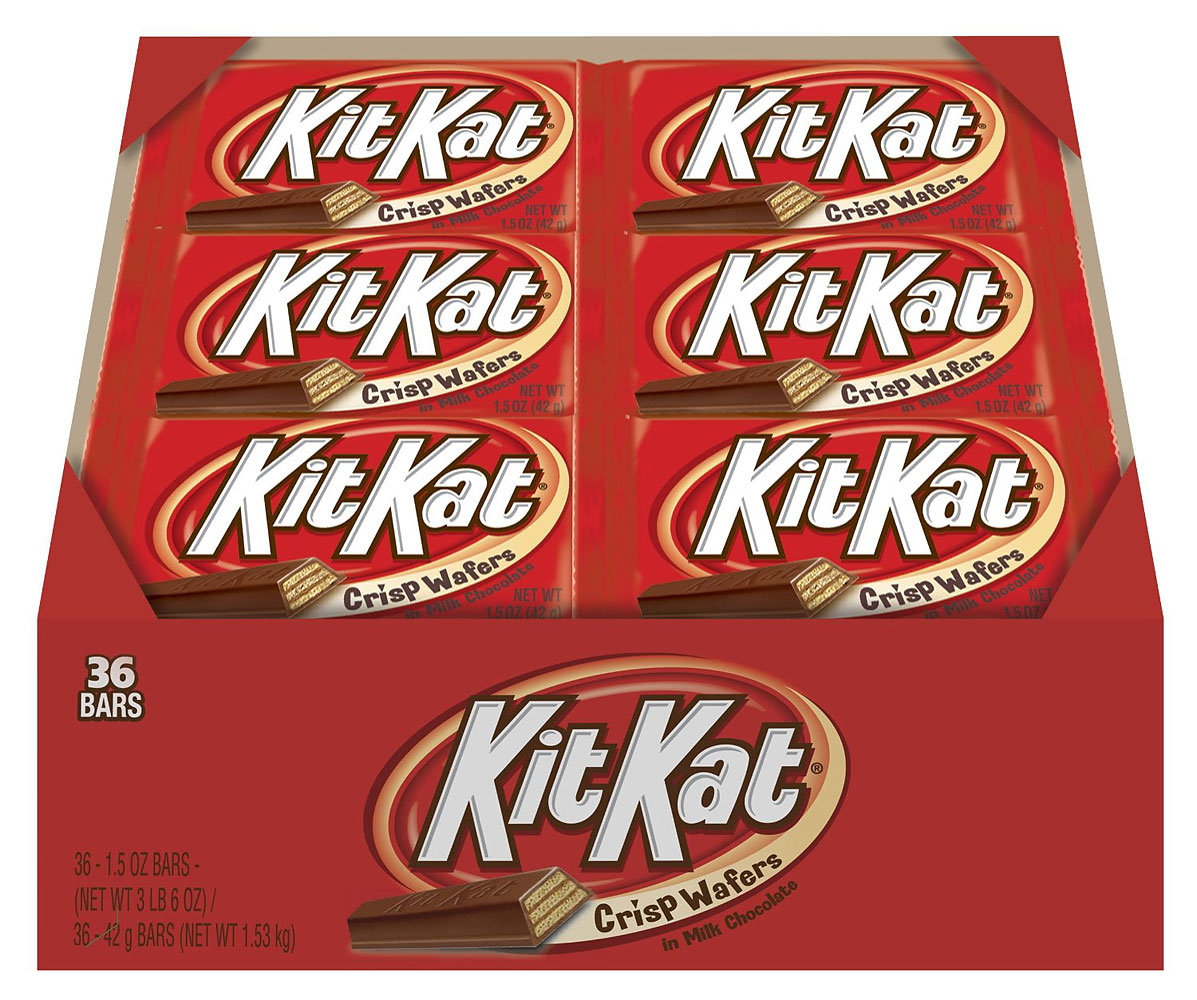
Beyond being the first candy bar to be marketed around sharing, which helped turn chocolate into a social snack, Kit Kat was also the first to gain a global following. Whereas Hershey’s and Cadbury cornered different markets with similar products, the wafer-filled Kit Kats launched in both Europe and the U.S. before entering Australia, Asia and Africa—paving the way for other blockbuster bars like Snickers and Butterfinger. Decades later, Kit Kat remains a global obsession: last year, Google’s Android announced its new operating system would be called “KitKat,” and in January, Tokyo welcomed the first all-Kit Kat store, featuring flavors like edamame soy bean, purple sweet potato and wasabi.
Read next: Watch John Oliver’s Brilliant Takedown of the Sugar Industry
More Must-Reads from TIME
- Why Biden Dropped Out
- Ukraine’s Plan to Survive Trump
- The Rise of a New Kind of Parenting Guru
- The Chaos and Commotion of the RNC in Photos
- Why We All Have a Stake in Twisters’ Success
- 8 Eating Habits That Actually Improve Your Sleep
- Welcome to the Noah Lyles Olympics
- Get Our Paris Olympics Newsletter in Your Inbox
Contact us at letters@time.com